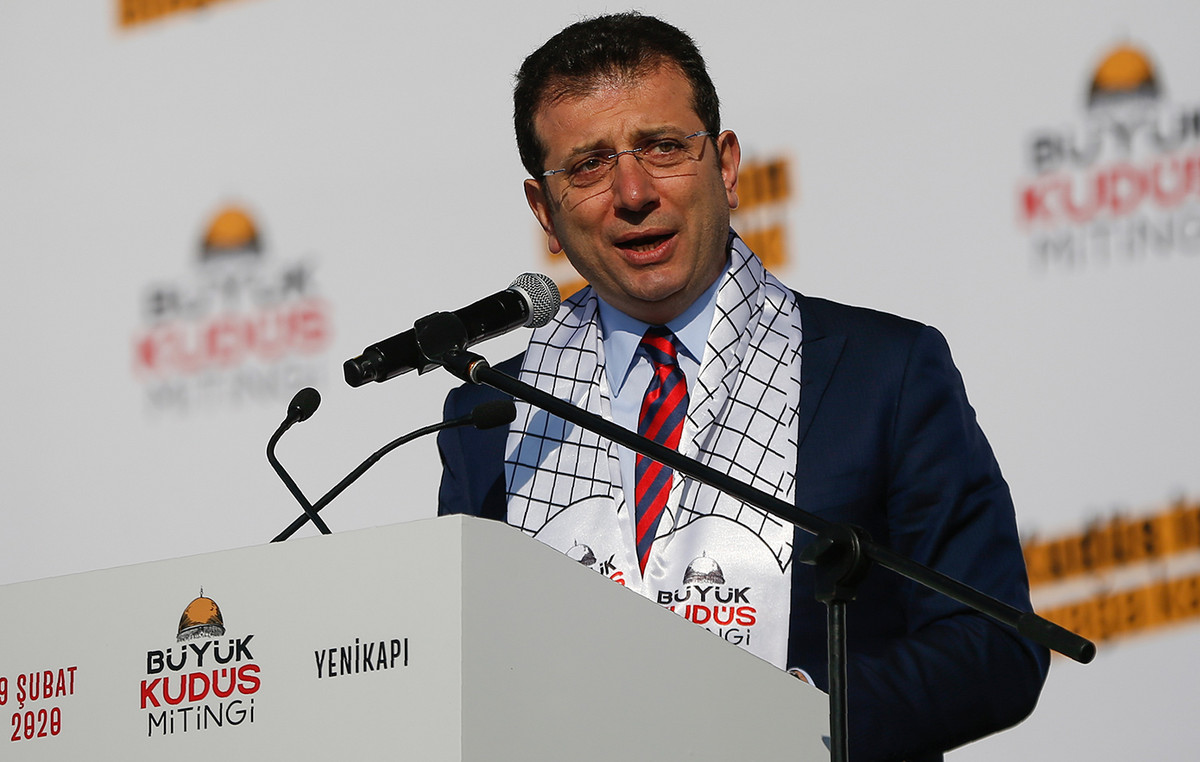- The European Central Bank is expected to cut benchmark interest rates by 25 basis points at its December policy meeting.
- ECB President Christine Lagarde’s press conference will be closely scrutinized for new policy signals.
- The ECB’s policy announcements are set to increase Euro volatility.
The European Central Bank’s (ECB) interest rate decision will be announced after the December monetary policy meeting at 13:15 GMT on Thursday.
ECB President Christine Lagarde’s press conference will begin at 13:45 GMT, where she will present her prepared statement on monetary policy and answer questions from the media. The ECB announcements are likely to boost the valuation of the Euro (EUR) in the second half of the week.
What to expect from the European Central Bank’s interest rate decision?
Following the October monetary policy meeting, the ECB announced that it reduced key rates by 25 basis points (bps). With this decision, the interest rate of the main financing operations, the interest rates of the marginal credit facility and the deposit facility, also known as the reference interest rate, stood at 3.4%, 3 .65% and 3.25%, respectively.
The ECB is widely expected to cut key rates by another 25 bps after the December meeting.
At the press conference after the October meeting, President Lagarde said the ECB’s policy remained restrictive and noted that they are concerned about the growth outlook. Although it refrained from clearly stating whether it would opt for another policy easing step at the last meeting of the year, markets widely expect the ECB to cut key rates by 25 bps.
Commenting on the policy outlook, ECB policymaker Joachim Nagel noted that he would have no objection to reducing the policy rate, given that the disinflation process is largely proceeding as currently projected. On a similar note, Governing Council member Francois Villeroy de Galhau said: “There are every reasons to cut December 12.” “Optionality should remain open on the size of the cut, depending on incoming data, economic projections and our risk assessment,” he added.
Assessing the EUR’s position in the Commitment of Traders (COT) report, Rabobank analysts said: “EUR net short positions have increased for the third consecutive week, driven by an increase in short positions.” They added: “The EUR was the worst performing G10 currency in the month of November, depreciating 2.37% against the USD. The EUR has suffered from deteriorating economic fundamentals and impending ECB cuts. We expect the “ECB will cut the policy rate by 25 bp on December 12.”
economic indicator
Decision on ECB deposit rates
The deposit rate, announced by the European Central Bankis the interest rate paid on excess liquidity that credit institutions can deposit overnight in an account of a national central bank that is part of the Eurosystem.
Next post:
Thu Dec 12, 2024 1:15 PM
Frequency:
Irregular
Dear:
3%
Previous:
3.25%
Fountain:
European Central Bank
How could the ECB meeting impact EUR/USD?
In November, EUR/USD lost almost 3%. In addition to the negative impact of the ECB’s dovish policy outlook on the EUR, the broad-based strength of the US Dollar (USD) following Donald Trump’s victory in the US presidential election weighed heavily on the EUR/USD. Since early December, EUR/USD has been fluctuating in a relatively tight range, reflecting investors’ hesitancy to take large positions ahead of the final 2024 meetings of the ECB and the Federal Reserve (Fed).
Should the ECB unexpectedly cut key rates by 50 bps, the immediate reaction could trigger a sell-off in the Euro and open the door to another drop in EUR/USD. If the ECB opts for a 25 bps cut but Lagarde expresses concerns about the economic situation in the Eurozone and cites increasing downside risks to inflation, EUR/USD is likely to extend its bearish trend, even if the immediate reaction of the market is mixed.
In this current market environment, the Euro would need a significant hawkish surprise to achieve a sustained recovery against the USD. If Lagarde takes a more optimistic tone on the economic outlook and highlights the need for patience in further policy easing, EUR/USD could gain traction in the near term.
Eren Sengezer, Lead Analyst for the European session at FXStreet, offers a brief technical outlook for EUR/USD:
“After the modest rebound seen in December, the short-term technical outlook for EUR/USD points to a loss of bullish momentum. On the daily chart, the Relative Strength Index is approaching 50 and the pair manages to stay above the “20-day Simple Moving Average (SMA).”
“On the upside, the 38.2% Fibonacci retracement of the October-December downtrend lines up as the next resistance at 1.0700 ahead of 1.0800 (50% Fibonacci retracement) and 1.0840 (200-day SMA). Should EUR/USD turn 1.0530 (20-day SMA) into resistance, technical sellers could continue to dominate the stock. pair. In this scenario, 1.0400 (downtrend end point) could be seen as the next support before 1.0260 (static level).”
Interest rates FAQs
Financial institutions charge interest rates on loans from borrowers and pay them as interest to savers and depositors. They are influenced by basic interest rates, which are set by central banks based on the evolution of the economy. Typically, central banks are mandated to ensure price stability, which in most cases means targeting an underlying inflation rate of around 2%.
If inflation falls below the target, the central bank can cut base interest rates, in order to stimulate credit and boost the economy. If inflation rises substantially above 2%, the central bank typically raises core lending rates to try to reduce inflation.
In general, higher interest rates help strengthen a country’s currency by making it a more attractive place for global investors to park their money.
Higher interest rates influence the price of Gold because they increase the opportunity cost of holding Gold instead of investing in an interest-bearing asset or depositing cash in the bank.
If interest rates are high, the price of the US Dollar (USD) usually rises and, since Gold is priced in dollars, the price of Gold falls.
The federal funds rate is the overnight rate at which U.S. banks lend to each other. It is the official interest rate that the Federal Reserve usually sets at its FOMC meetings. It is set in a range, for example 4.75%-5.00%, although the upper limit (in this case 5.00%) is the figure quoted.
Market expectations about the Federal Reserve funds rate are tracked by the CME’s FedWatch tool, which determines the behavior of many financial markets in anticipation of future Federal Reserve monetary policy decisions.
Source: Fx Street
I am Joshua Winder, a senior-level journalist and editor at World Stock Market. I specialize in covering news related to the stock market and economic trends. With more than 8 years of experience in this field, I have become an expert in financial reporting.







